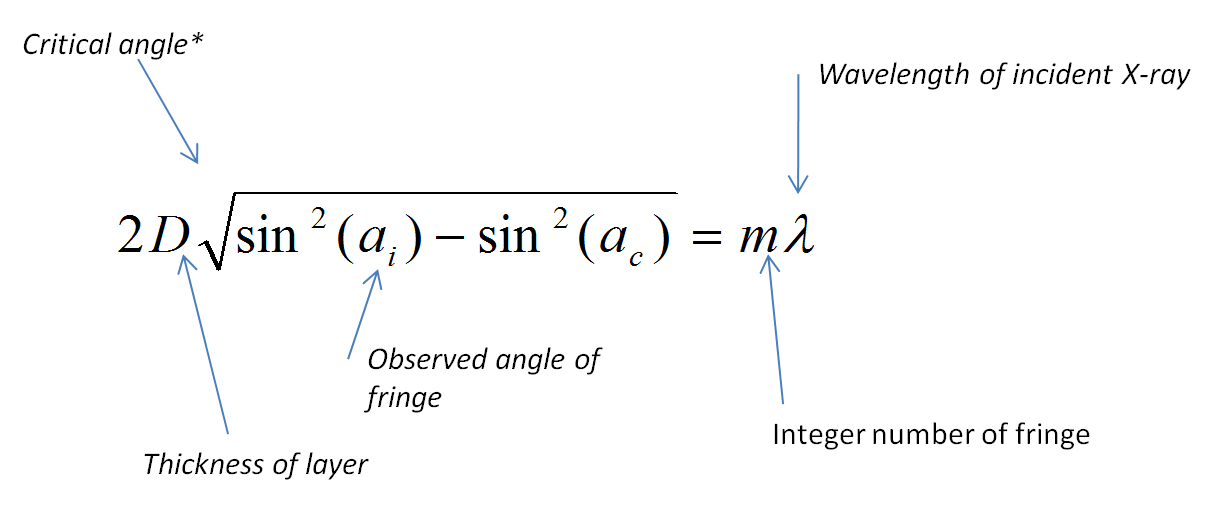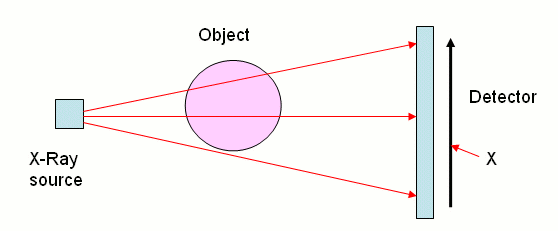X-Rays: Difference between revisions
| Line 30: | Line 30: | ||
==History== | ==History== | ||
X-rays were discovered by German physicist Wilhelm Rontgen in 1895. | |||
== See also == | == See also == | ||
Revision as of 00:32, 6 December 2015
Short Description of Topic
The Main Idea
X-rays are an electromagnetic wave with high energy and very short wavelengths. X-rays are capable of passing through many materials that would be opaque to light.
X-rays are also commonly used in the medical field and serves as an essential role in producing images of internal compositions.
A Mathematical Model
X-Ray Reflectivity
Examples
Simple
In this image there are some X-rays passing through the entirety of the object, so their intensity is low; however, there are others that pass through less of the object, meaning less of the X-ray is absorbed. Given this information, the basic dimensions can be determined.
Connectedness
- X-rays are a part of Electromagnetic Radiation, and I have always been interested in this subject in general, including visible light.
- X-rays are commonly used in the medical field, as they can produce an image of an internal composition.
History
X-rays were discovered by German physicist Wilhelm Rontgen in 1895.
See also
Electromagnetic Radiation
Light Waves
External links
References
This section contains the the references you used while writing this page

